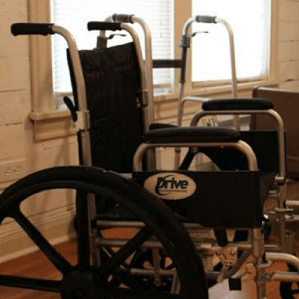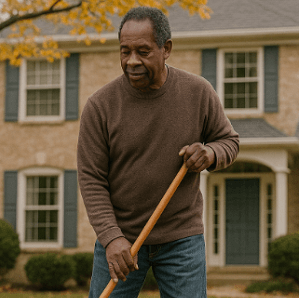A recent study published in PLOS One reveals a significant increase in the number of people dying at home from ischemic stroke, with notable disparities affecting Black Americans and rural residents. The research, conducted by Georgetown University Medical Center and the University of Washington, analyzed data from 1999 to 2020 and found that home deaths from stroke rose from 8.44% to 29.31%, while deaths in medical facilities decreased from 46.41% to 29.56%.
The study highlights that individuals in rural communities and Black Americans are more likely to die in less specialized care environments, such as nursing homes or long-term care facilities, rather than hospitals. This shift raises concerns about access to specialized stroke care and the quality of end-of-life services available to these populations. The researchers suggest that cultural preferences for dying at home and systemic barriers to hospital care contribute to these trends.
Lead author Jason Lim points out that the increase in home deaths may reflect a growing cultural shift towards end-of-life care preferences, with more families choosing to spend final moments at home. However, the disparities in care environments underscore the need for targeted interventions to ensure equitable access to high-quality stroke care and support for all communities.
Addressing these disparities requires comprehensive policy changes and increased investment in healthcare infrastructure, particularly in underserved areas. By focusing on these issues, healthcare providers and policymakers can work towards improving stroke outcomes and ensuring equitable care for all patients.
See: “More people now die at home after stroke than in medical facilities, study reveals” (April 9, 2025)



